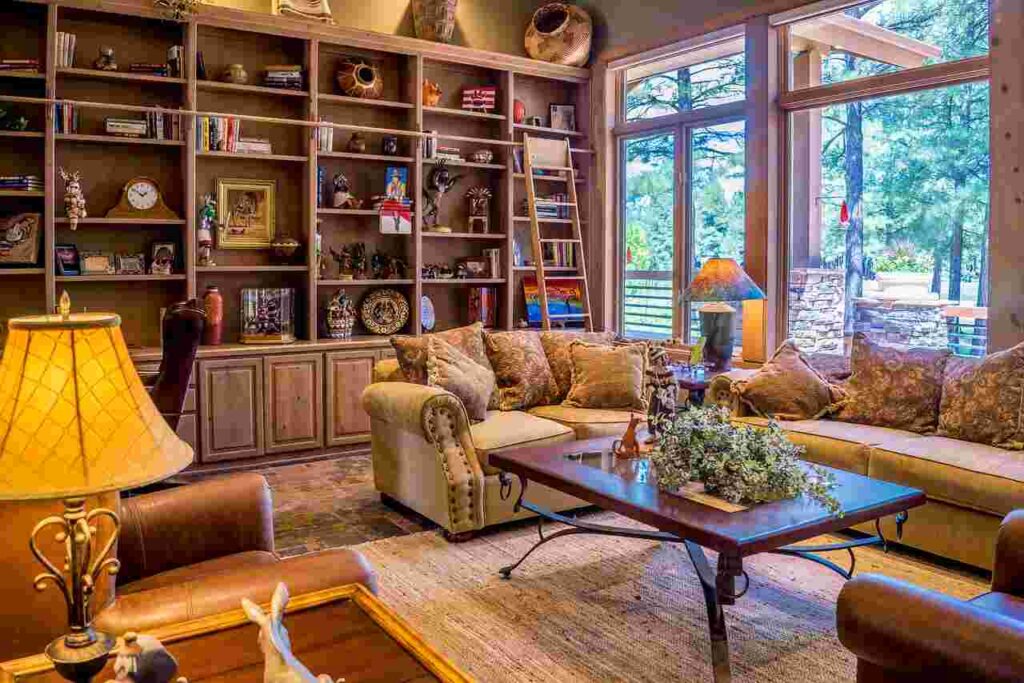What is a Foyer?
An entryway or hall found next to a house or building’s front door is called a foyer. Before entering the main living areas, it acts as a transitional area between the outside and the inside of the house, allowing one to welcome guests and remove outerwear. Usually meant to provide a favorable first impression, foyers may have elements including:
- Coat racks or closets help you keep outerwear like coats, caps, and hats.
- Benches or chairs will be used for shoe on and off sitting.
- Mirrors, artwork, and lighting fixtures help to improve the visual appeal by decorative means.
- Key, mail, and other small item storage options are tables, consoles, or cubbies.
While foyers could be more basic and practical in smaller homes or apartments, they might be enormous and ornate in bigger homes or condos. The general style and size of the house will greatly affect how a foyer is designed and laid out.
Creating a foyer in an open living room can transform the way you and your guests experience your home. A well-designed foyer provides a designated space to greet guests, store outerwear, and create a smooth transition from the outside world to your personal sanctuary. This guide will help you design a foyer that blends seamlessly with your open living room, ensuring both functionality and aesthetic appeal.
You are not alone if you are having trouble planning an entranceway within your open living room. Establishing a friendly entrance in an open living area presents a challenge for many homes. Still, you can quickly transform your open living room into a useful and elegant foyer with a little imagination and strategic design choices.
Let us first start by more precisely discussing the concept of a living room with a foyer. Basically, it refers to a corridor or entrance usually found between the living area of a house and the main door. Its purpose is to create a transitional area between the inside and outside of a house, so acquainting the general decor and style at the same time.
Having a basic understanding of what a foyer is now will help us to explore some professional guidance on how to design an open living room foyer. For custom advice on the ideal foyer floor layout, get in touch with Scottsdale, Arizona interior designers. Your living room and foyer will thus cooperate harmoniously.
1: Assess Your Space and Identify the Entry Point
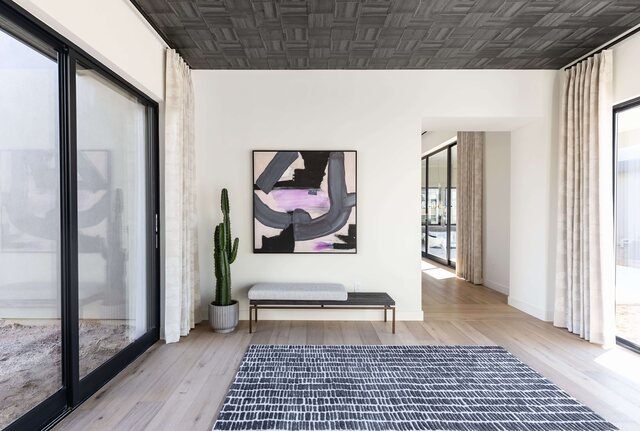
Making a foyer in an open living room starts with careful evaluation of your area and identification of the main entrance point. Crucially, you should know the natural flow and layout of your living space. Decide where your living room starts first; this will be the basis for your foyer. Anyone visiting your house should find this entry point clear and easy. Watch then how people traverse your living room. See the high traffic areas and make sure your foyer design doesn’t block these natural paths. The aim is to seamlessly move from the outside world into your living area without upsetting the current flow.
2: Define the Foyer Area Using Furniture
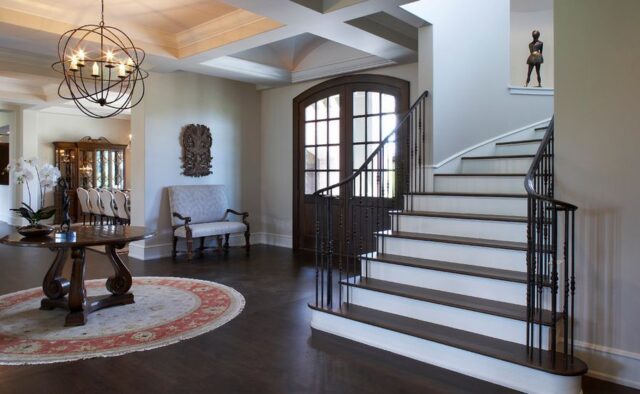
Defining the foyer area with furniture comes next once you have found the entry point and evaluated the flow of your space. One clever and fashionable approach to establish a visual barrier between the door and the rest of the living room is with furniture. Think about setting up a console table right at the door. Apart from providing a functional surface for keys, mail, and decorative objects, a console table helps define a separate foyer. One further choice is to include a bench. If a bench has built-in sections or space for baskets under, it can also provide extra storage in addition to a handy place for donning and removing shoes. On the other hand, a low bookcase can serve as a divider and offer extra book, plant, and decor display area along with storage. These pieces should be arranged deliberately to produce a visually pleasing and useful foyer.
3: Use Rugs and Different Flooring to Distinguish the Foyer
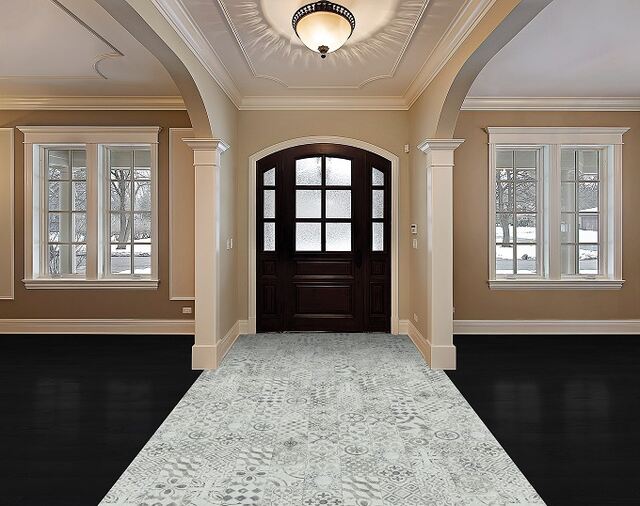
One excellent way to visually divide the foyer from the rest of the open living room is with rugs and other flooring materials. Without physical barriers, this method adds texture and aids in definition of the entry space. Start by laying a robust, easily cleaned rug at the door. Not only does a rug define the foyer but it also shields your floor from wear and dirt. Select a rug that accentuates your living room decor but still makes enough difference to define the foyer area. Apart from flooring, think about marking the foyer with other materials. To make a clear change from the entrance to the living room, for example, you might use tile or another contrasting color of wood. While keeping the open idea of your living area, this flooring change can make the foyer feel like a separate, deliberate space.
4: Incorporate Screens and Partitions for Flexible Separation
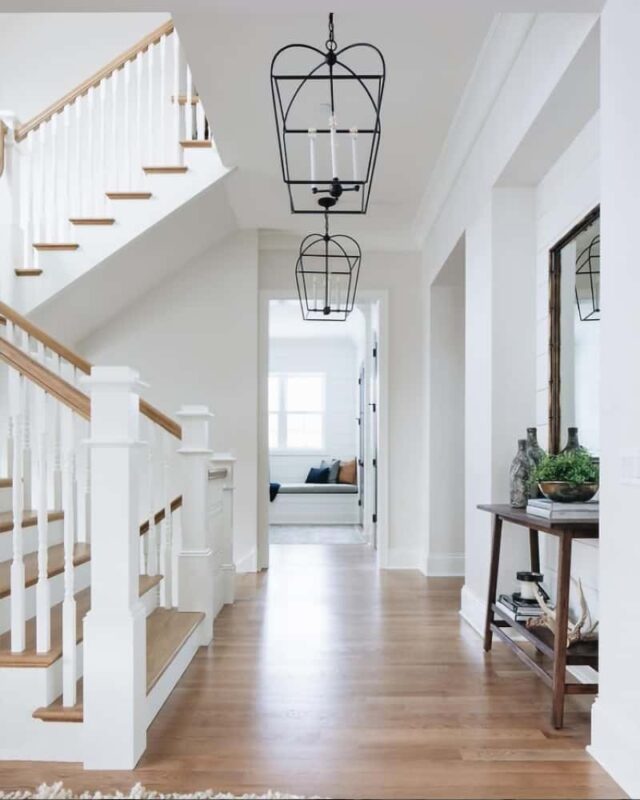
Separating the foyer from the rest of the living room can be accomplished creatively and stylishly with screens and partitions. If you have to change the layout or make different use of the space over time, these components can especially help. For example, folding screens are readily movable and reconfigured to fit your requirements. They provide your foyer a decorative element and privacy and a visual barrier. Still another choice for more permanent separation are sliding partitions. As necessary, these can be opened or closed to help you manage the degree of privacy and openness in your living area. Whether you choose a sliding partition or a folding screen, these ideas can help to define the foyer while still allowing your living area’s flexibility and openness.
5: Add Functional Storage Solutions
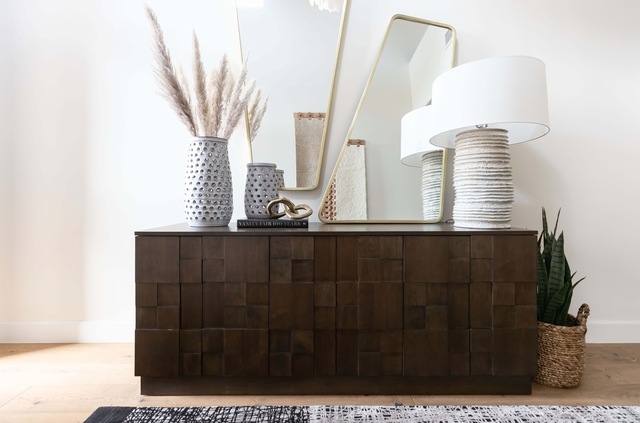
A functional foyer improves the convenience of your house, and maintaining the organization and clutter-free access to the entrance depends on including clever storage ideas. Start by hanging coats, bags, and hats from a coat rack or hooks. This keeps these things off the floor and readily accessible. Regarding shoes, think about keeping a cabinet or shoe rack. This keeps shoes orderly and helps them not to clutter the entranceway. Little things like gloves, scarves, and umbrellas fit perfectly in baskets and bins. For simple access, they might be arranged on shelves or under benches. Including these storage options guarantees that your foyer stays clean and useful, so offering a friendly and orderly access point to your house.
6: Provide Seating Options
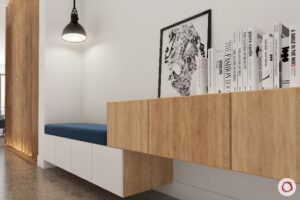
Any foyer would benefit from a useful addition that provides a pleasant place for shoe on and off. Seating Including seating in your foyer design increases the space’s appeal in addition to its use. Underneath a bench with storage sits people and offers a spot to keep shoes and other belongings. Should space be limited, a single chair or stool can also be quite effective. Select chairs that accentuate your foyer’s scale and match your general decor. Giving a specific place for sitting improves the usability of the entrance and helps guests and residents to find daily routines easier.
7: Enhance the Aesthetic Appeal with Wall Treatments and Paint

Improving the look of your foyer will help the space to feel and operate much differently. Paint and wall treatments are good means of define the entrance and produce a visual contrast. Think about building an accent wall with wallpaper or by painting the entry wall another color. This highlights the foyer and distinguishes it from the rest of the living room. Wall paneling is another choice that might give the area texture and refinement. In addition to looking great, paneling distinguishes the foyer from the living room yet still creates cohesiveness. Your foyer will look better and your house will stand out if you carefully choose paint and wall treatments.
8: Choose Appropriate Lighting Fixtures
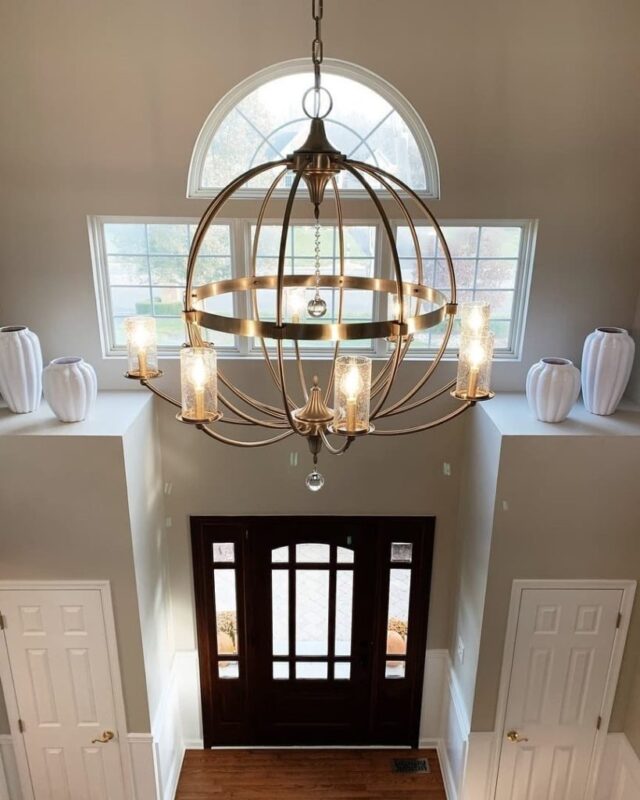
Defining the foyer and creating the ambiance for the whole space depend on lighting. The correct lighting fixtures can improve the appearance as well as the utility of your entrance. For the foyer area, for example, pendant lights accentuate style and offer targeted illumination. They can be the design center point and produce a friendly environment. Another great option with ambient lighting and floor space savings are wall sconces. They can be accentuated on either side of a mirror or artwork. If you have a console table, think about including a table lamp for extra illumination and decorative accent. Choosing suitable lighting fixtures will help you to produce a well-lit, welcoming foyer that accentuates the general living room design.
9: Personalize Your Foyer with Decorative Touches
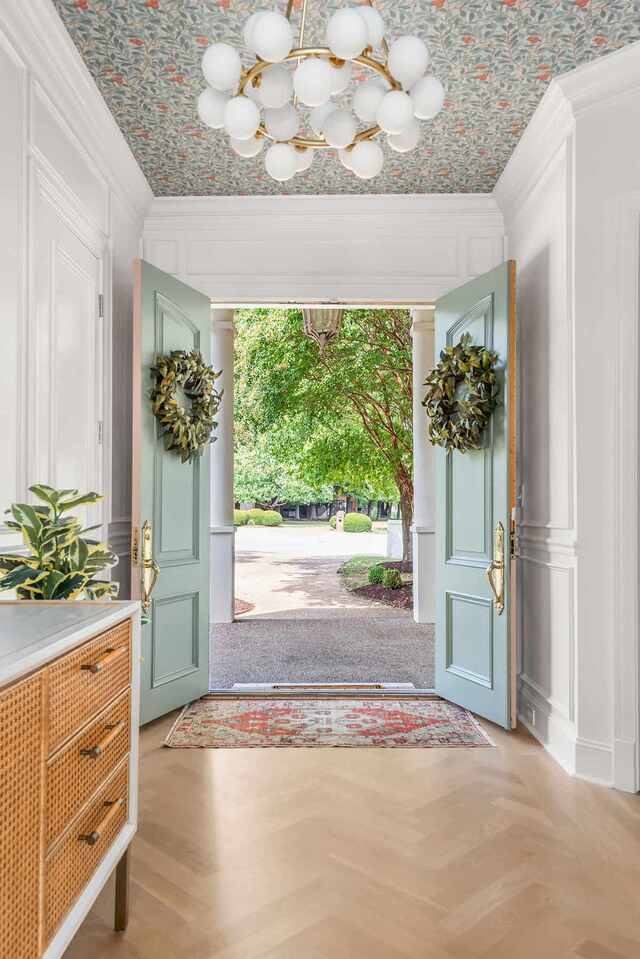
Adding decorative accents to your foyer helps the area seem friendly and especially yours. Add decorations that capture your own style and personality. Artwork hung in the foyer can provide focal point and accentuate character. Select items to accentuate the general look and match your living room decor. Another great addition are mirrors since they elongate the area and offer a place for last-minute look inspections. Including plants and greenery will give the entrance area life and freshness, so enhancing its welcoming quality. Including greenery will improve the atmosphere of your foyer whether you choose hanging or potted plants. These little details help you create an entrance that reflects your taste and style as well as is practical.
Conclusion
These guidelines will help you to design a clear and welcoming foyer in your open living room. This area will not only improve the use of your house but also increase its general attractiveness, so every entrance will be a nice experience. Your foyer will define the style of your house and make every entrance a joyful experience whether you use furniture, rugs, lighting, or personal touches.
See Also: The Complete Guide to Choosing the Perfect Rug for Your Living Room

